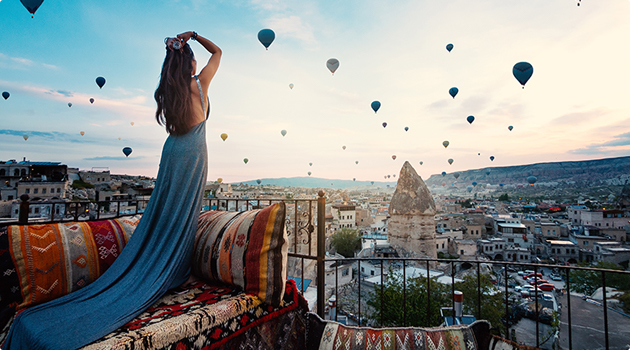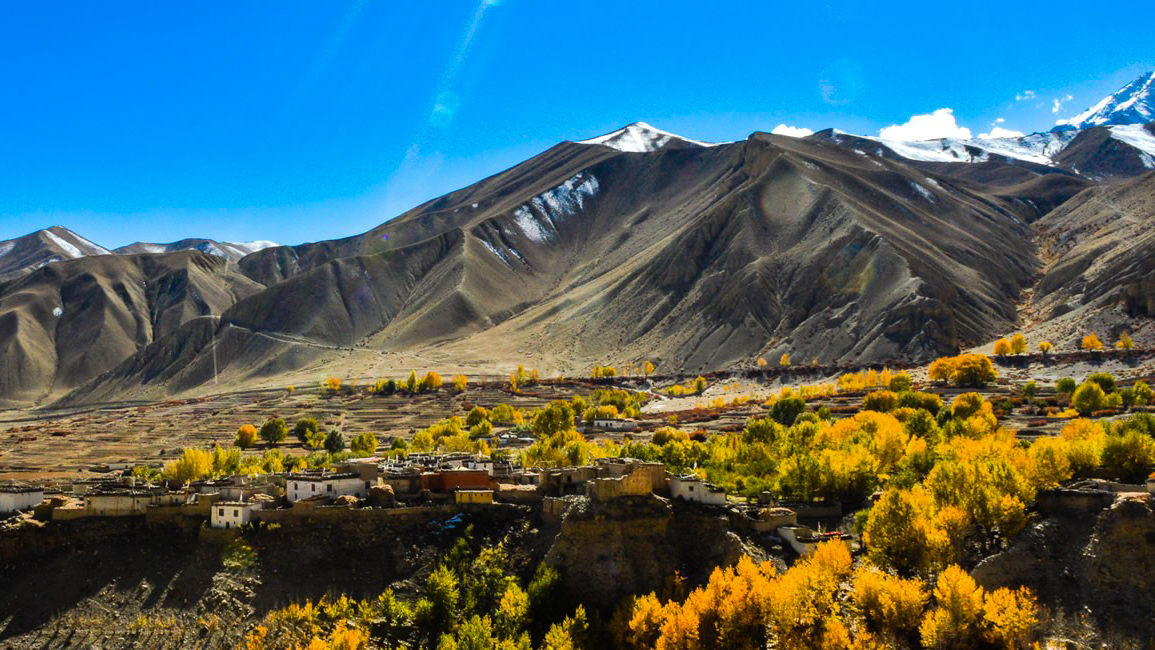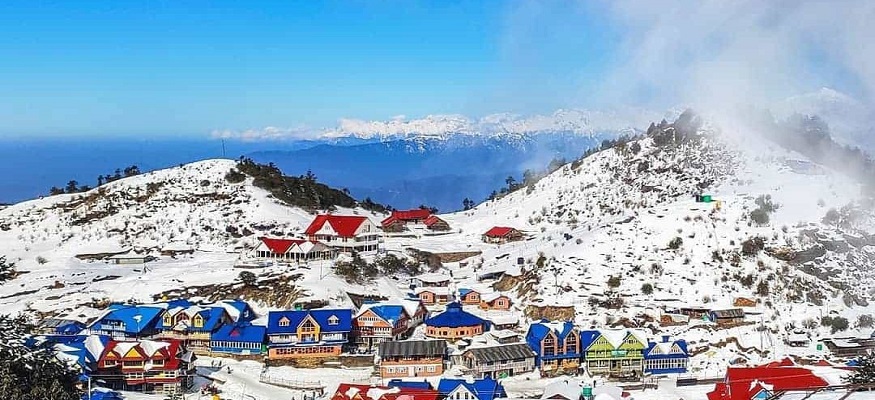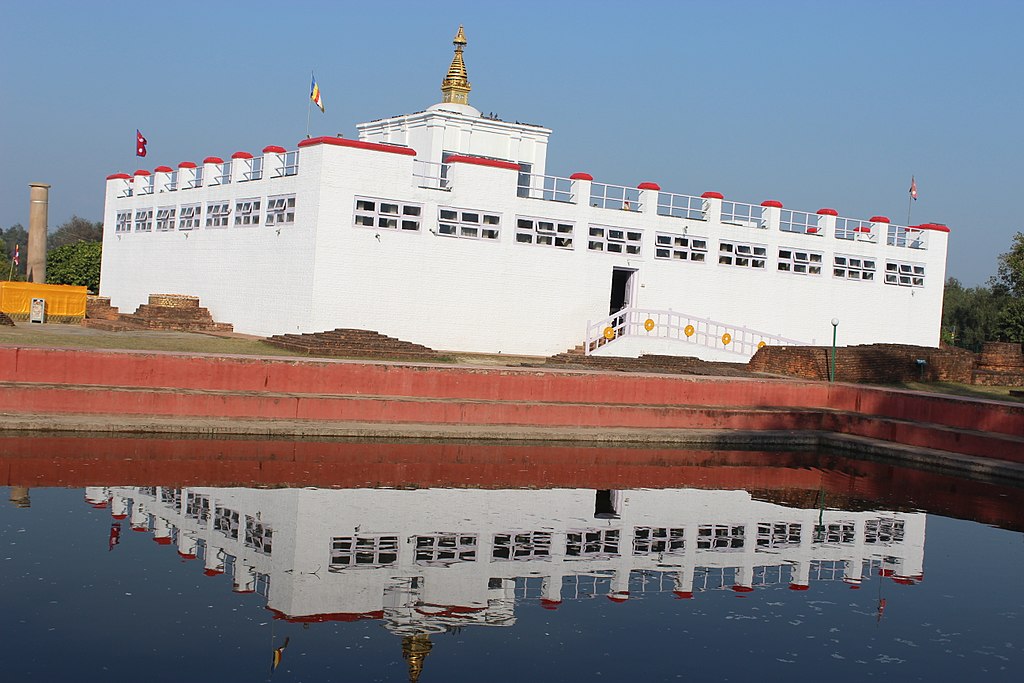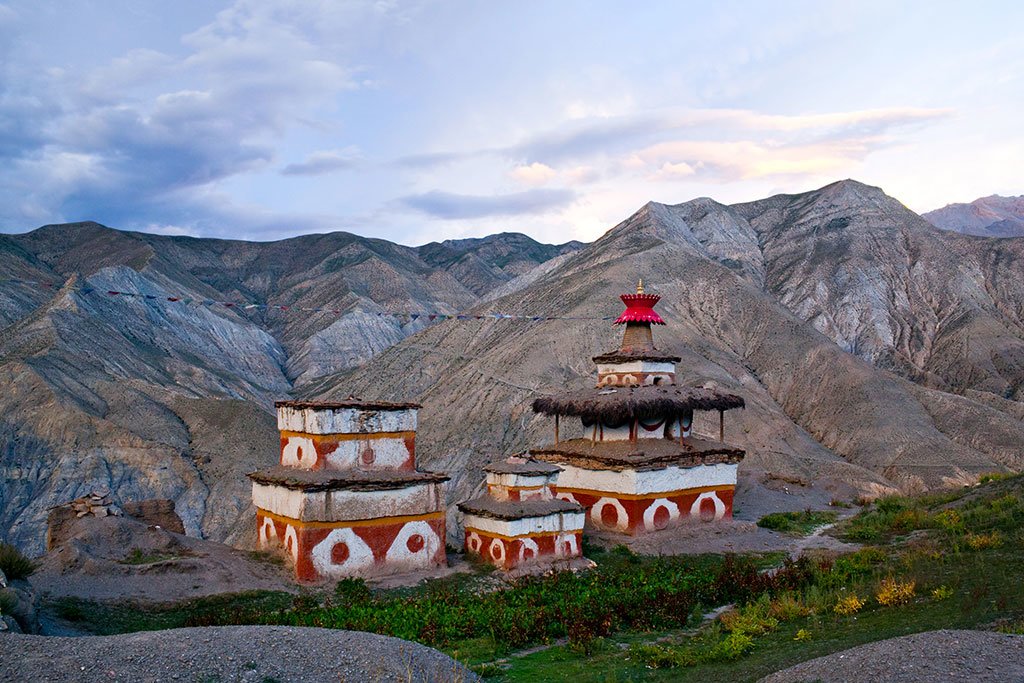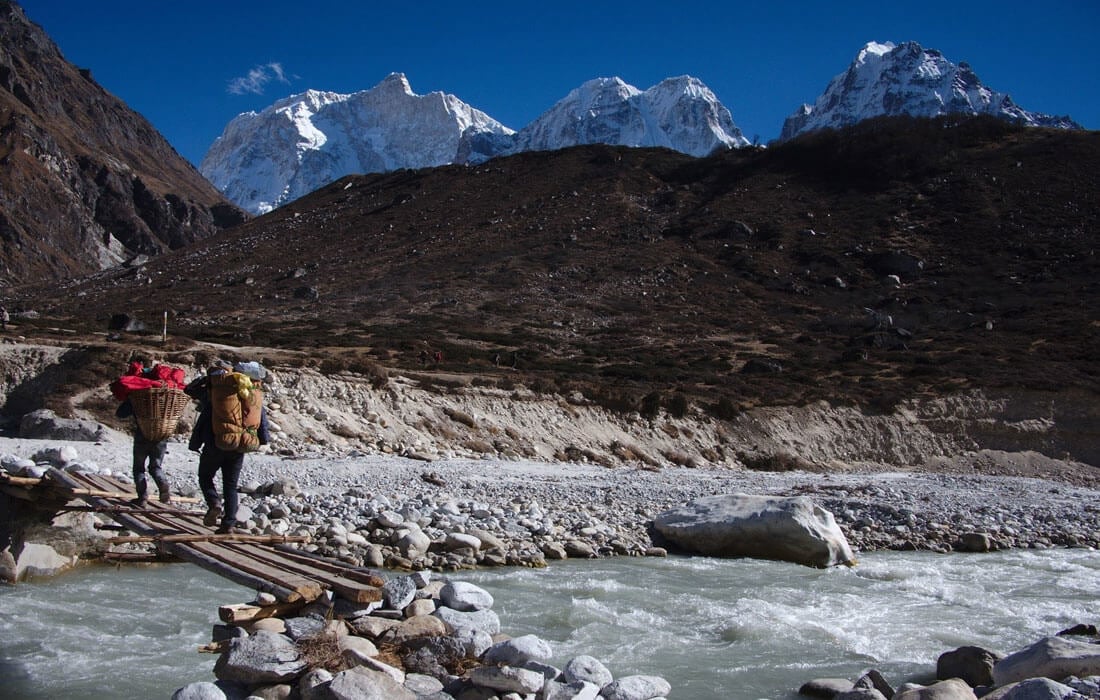 About this Trip
About this Trip
The Everest Base Camp Trek represents more than just a physical challenge. It's a profound journey of personal discovery set against the backdrop of the world's highest mountains. What makes this trek extraordinary is the perfect balance between natural grandeur and cultural immersion.
As you ascend through the Khumbu region, the landscape transforms dramatically. The trail begins in the lush, forested valleys near Lukla, with rushing rivers and vibrant vegetation. Gradually, the terrain shifts to rocky paths and glacial moraines as you approach the higher elevations. Each day brings new vistas, with Everest revealing itself in stages, building anticipation throughout the journey.
The cultural aspect of the trek is equally compelling. The Sherpa people, renowned for their mountaineering skills and spiritual devotion, welcome trekkers into their villages with remarkable hospitality. Ancient Buddhist monasteries like Tengboche offer glimpses into a centuries-old way of life that has remained largely unchanged despite the region's growing popularity with trekkers.
Physically, the trek challenges participants with steep ascents and the effects of high altitude. However, the carefully planned acclimatization days built into most itineraries allow the body to adapt gradually, making the trek achievable for reasonably fit individuals. The sense of accomplishment upon reaching Base Camp standing where legendary expeditions have launched their summit attempts creates an indelible memory.
Throughout the journey, the comradery developed with fellow trekkers, guides, and porters adds another dimension to the experience. Sharing meals in cozy tea houses, exchanging stories, and encouraging one another through challenging sections forms bonds that often last well beyond the trek itself.
The Everest Base Camp Trek represents more than just a physical challenge. It's a profound journey of personal discovery set against the backdrop of the world's highest mountains. What makes this trek extraordinary is the perfect balance between natural grandeur and cultural immersion.
As you ascend through the Khumbu region, the landscape transforms dramatically. The trail begins in the lush, forested valleys near Lukla, with rushing rivers and vibrant vegetation. Gradually, the terrain shifts to rocky paths and glacial moraines as you approach the higher elevations. Each day brings new vistas, with Everest revealing itself in stages, building anticipation throughout the journey.
The cultural aspect of the trek is equally compelling. The Sherpa people, renowned for their mountaineering skills and spiritual devotion, welcome trekkers into their villages with remarkable hospitality. Ancient Buddhist monasteries like Tengboche offer glimpses into a centuries-old way of life that has remained largely unchanged despite the region's growing popularity with trekkers.
Physically, the trek challenges participants with steep ascents and the effects of high altitude. However, the carefully planned acclimatization days built into most itineraries allow the body to adapt gradually, making the trek achievable for reasonably fit individuals. The sense of accomplishment upon reaching Base Camp standing where legendary expeditions have launched their summit attempts creates an indelible memory.
Throughout the journey, the comradery developed with fellow trekkers, guides, and porters adds another dimension to the experience. Sharing meals in cozy tea houses, exchanging stories, and encouraging one another through challenging sections forms bonds that often last well beyond the trek itself.

From $0
Price Varies from Group Size
Success
Here goes about why the success toast occurred.
 Itinerary
Itinerary
Arrival in Kathmandu (1,400m)
Kathmandu to Lukla (2,860m) to Phakding (2,610m)
Phakding to Namche Bazaar (3,440m)
Acclimatization Day in Namche Bazaar
Namche Bazaar to Tengboche (3,870m)
Tengboche to Dingboche (4,410m)
Acclimatization Day in Dingboche
Dingboche to Lobuche (4,940m)
Lobuche to Gorak Shep (5,170m) to Everest Base Camp (5,364m) and back to Gorak Shep
Gorak Shep to Kala Patthar (5,644m) to Pheriche (4,240m)
Pheriche to Namche Bazaar (3,440m)
Namche Bazaar to Lukla (2,860m)
Lukla to Kathmandu
Departure from Kathmandu
 Included
Included
Includes
- Private Transport
- Round-trip airport transfers and local transportation as outlined
- Daily meals on the trek: breakfast, lunch, and dinner
- Services of an experienced guide and porter during the trek
- All essential trekking permits, including national park fees
- Accommodation throughout the trek (lodges, guesthouses, and tea houses)
- Specialized bilingual guide
Excludes
- Additional Services
- Additional accommodation due to unexpected delays or changes
- Comprehensive travel and medical insurance for the trip
- Gratuities for the guides, porters, and trekking support staff
- International flights and entry visa fees for Nepal
- Personal trekking equipment and gear (sleeping bags, jackets, etc.)
- Extra Food and drinks
 Good to Know
Good to Know
Train 3-4 months in advance with cardio and hiking, acclimatize slowly to avoid altitude sickness, pack layered clothing and quality boots, ask permission before photographing locals, and carry small Nepalese rupees as costs rise with altitude and cards aren’t widely accepted.
Wildlife Encounters
While trekking, keep an eye out for:
-
Himalayan tahr (wild mountain goats)
-
Musk deer in forested regions
-
Playful Himalayan monkeys
-
Colorful Danphe (Nepal's national bird)
-
Snow leopards (extremely rare sightings)
-
Various high-altitude birds including ravens and choughs
 Reviews
Reviews
 FAQs (Frequently Asked Questions)
FAQs (Frequently Asked Questions)
Your queries are answered.
What is the best time of year for this trek?
March-May (spring) and September-November (autumn) offer the best conditions. Spring features blooming rhododendrons, while autumn typically has clearer skies.
How do I prevent altitude sickness?
Follow the acclimatization schedule, stay hydrated, ascend slowly, and communicate any symptoms to your guide immediately. Medications like Diamox can be discussed with your doctor before traveling.
What type of accommodation can I expect?
Tea houses provide basic accommodation with twin beds, communal dining areas, and limited facilities. The higher you go, the more basic the amenities become.
Is it possible to shower during the trek?
Hot showers are available at most tea houses for an additional fee, but become less common and more expensive at higher elevations.
How reliable is the WiFi and phone connectivity?
WiFi is available in most tea houses up to Namche Bazaar for a fee, but becomes increasingly limited beyond. Local SIM cards with data packages work in lower regions but not at higher elevations.
Can dietary restrictions be accommodated?
Most tea houses can accommodate vegetarian diets, but vegan, gluten-free, or other specific diets may be challenging. Bringing supplementary food items is recommended for specialized diets.
How much should I budget for the trek?
Beyond the package cost, budget approximately $15-25 per day for additional snacks, drinks, hot showers, WiFi, and charging facilities. Prices increase with altitude.
How much should I tip the guides and porters?
Tipping is customary and appreciated. A general guideline is $10-15 per day for guides and $5-8 per day for porters, typically given at the end of the trek.
